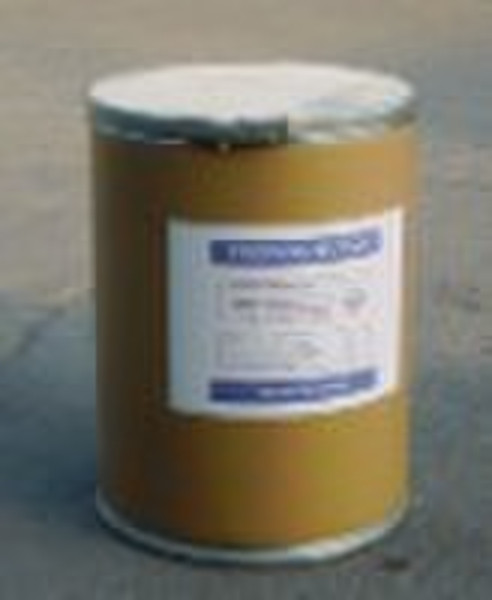杀虫剂:Cartap98%的科技

connie zeng
联系人姓名
基本信息
| 分类 | Biological Pesticide |
|---|---|
| 化学文摘社编号. | 15263-53-3 |
| 出生地 | China (Mainland) |
| 纯洁的 | 98% |
| 牌子的名字 | qinfeng pesticide |
| 模式的数量 | Tech |
| 国 | 粉 |
cartap Common name cartap (BSI, E-ISO, (m) F-ISO, JMAF) IUPAC name S,S'-(2-dimethylaminotrimethylene) bis(thiocarbamate) Chemical Abstracts name S,S'-[2-(dimethylamino)-1,3-propanediyl] dicarbamothioate CAS RN [15263-53-3] Development codes TI-1258 (Takeda) Mol. wt. 273.8 M.f. C7H16ClN3O2S2 Form Colourless crystalline, slightly hygroscopic solid with slight odour. M.p. 179-181 (decomp.) V.p. Negligible Solubility In water c. 200 g/l (25 ). Very slightly soluble in methanol and ethanol. Insoluble in acetone, diethyl ether, ethyl acetate, chloroform, benzene, and hexane. Stability Stable in acidic conditions, but hydrolysed in neutral or alkaline media. Biochemistry Analogue or propesticide of the natural toxin nereistoxin. Nicotinergic acetylcholine blocker, causing paralysis by blocking cholinergic transmissions in the central nervous systems of insects. Mode of action Systemic insecticide with stomach and contact action. Insects discontinue feeding, and die of starvation. Uses Cartap is used, at c. 0.4-1.0 kg/ha, for control of chewing and sucking insects (particularly Lepidoptera and Coleoptera), at almost all stages of development, on many crops, including rice (Chilo suppressalis, Cnaphalocrocis medinalis, Lissorhoptrus oryzophilus and rice-leaf beetle), potatoes, cabbage and other vegetables (Agromyzidae, Leptinotarsa decemlineata and Plutella xylostella); also on soya beans, peanuts, sunflowers, maize, sugar beet, wheat, pearl barley, pome fruit, stone fruit, citrus fruit, vines, chestnuts, ginger, tea, cotton, and sugar cane. Phytotoxicity May be phytotoxic to cotton, tobacco, and apples, under certain soil and climatic conditions. Oral Acute oral LD50 for male rats 345, female rats 325, male mice 150, female mice 154 mg/kg. Skin and eye Acute percutaneous LD50 for mice >1000 mg/kg; no irritation to skin or eyes in rabbits. Inhalation LC50 (6 h) for rats >0.54 mg/l. NOEL (2 y) for rats 10 mg/kg b.w. daily; (1.5 y) for mice 20 mg/kg b.w. daily. Toxicity class WHO (a.i.) II; EPA (formulation) II EC hazard Xn; R21/22
交货条款及包装
Packaging Detail: 25KG/WB Delivery Detail: in 15 days after receiving original L/C or deposit
付款条款
Letter of credit
Telegraphic transfer
-
支付方式
我们接受:









